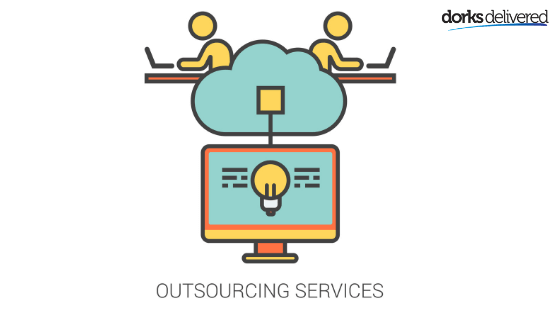Seven Proven IT Cost Reduction Strategies for Businesses
Nobody ever likes losing money. According to some studies, the main reason behind business failure is most often their inability to work out a sustainable business model. What this leads to is the spending of more money than what they make. Obviously, if your earnings are low and expenditures high, there is no way you can make a go of your dream venture. Every business wishes to achieve cost optimisation to maximise profits. Don’t you want to too? If so, strap in and let’s learn about seven proven IT cost reduction strategies for businesses.
7 Proven IT Cost Reduction Strategies For Businesses
Small ventures are generally at a greater risk to fall prey to high expenditures. This is mostly because they have limited cash and credit to their name. While these odds may seem discouraging at first glance, there is a lot you can do to make every penny count.

IT outsourcing ensures that your technological requirements are being handled by thorough professionals who are experts in their field of work. The savings in terms of money will be an incredibly large amount. The only thing is to make sure that you outsource only those parts of your business which do not hamper its actual running in case of any breakdown.
2. Virtualise – Virtualisation is the physical replacement of hardware with their corresponding virtual counterparts. Rather than having a physical version, a virtual version is created and can contain things like an operating system, a storage device, or a server. The advantage of going virtual is that there is a reduced dependence on physical servers. It also brings down the energy costs and hardware expenses. As storage and hardware are no longer on site it also reduces your storage and maintenance costs.
3. SDCC – A Software-Defined Data Center, or SDCC, is logically the subsequent step to virtualisation. It is primarily a storage facility where all the infrastructure elements like storage, networking, CPU, and security are delivered as a service in virtual form. What this means is that a service provider will deliver services like computing, storage, telecommunications, and IT functions. These resources when pooled together eradicate the need for additional space during the phases when demand is high. Employees are also not required to spend increasing amounts of either time or money in maintaining these systems, which is a huge benefit.
4. Consolidating Systems – Consolidation as the name suggests is combining into a single unit. Combining two or more processes together saves time, space, and money. Combining processes, in the long run, makes for smoother workflow and tremendous savings in the form of small efficiencies. To make changes you cannot shut down your business. Making critical changes like adding or removing parts and data transfers is not child’s play. It takes a lot of hard work and effort. This consolidation brings about a significant decrease in any organisations IT expenditure.
5. Standardisation – Consistency is the key element that guarantees savings in IT. Cost optimisation can only be achieved when there is consistency across the various hardware and software applications. In fact, standardisation can be looked upon as a form of business process improvement. It doesn’t need to be complex. Anything as simple as the same type of computer or the operating system will work satisfactorily. All the employees will be familiar with it and have a lesser problem in solving issues. They will not need any additional training and will be able to work interchangeably in case of any breakdown of machinery (in this case computers).

This is because it means hiring more people, purchasing specialised security hardware, renting more space, and using more energy. So if you were to hire an MSP, you would get all desired help and much more for less than half the cost. On top of it, they would also be troubleshooting for you 24×7 and not just during the working hours. Sounds great to me!
7. Implementation of Hybrid Cloud – Hybrid Cloud is the most effective form of cloud computing. It allows an optimal allocation of workloads between private and public environments. Businesses tend to store their sensitive data in private environments, while they make use of the public environment for less sensitive applications and data. Studies have shown that the cloud aids the businesses in reducing their operational costs and IT costs (including maintenance). At the same time, it also increases the process efficiency. Since hybrid clouds are scalable, they make resource upgrades easy and there should be no difficulty in building the right platform for your business. At this stage, it is necessary to choose that cloud partner who allows you to build that perfect platform.
The Final Word
Thanks to technology you don’t have to be a rocket scientist to save money. It really is possible to save thousands of dollars by implementing IT cost reduction strategies. Yes, these strategies require a lot of effort, but the payout is well worth the outcome. IT is critical to every business and so cost-cutting cannot occur without forethought and planning. Today, there are qualified people to guide you through the entire process and make work easier. Asking for a helping hand from IT professionals is in your best interests.





























